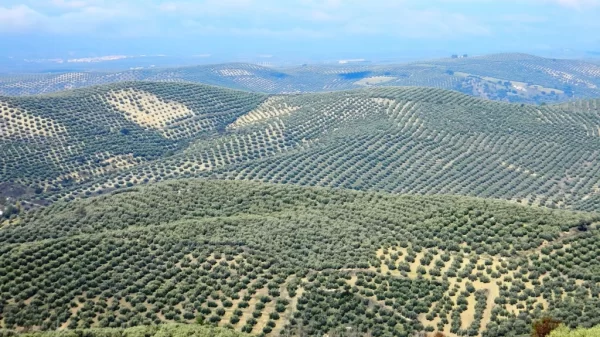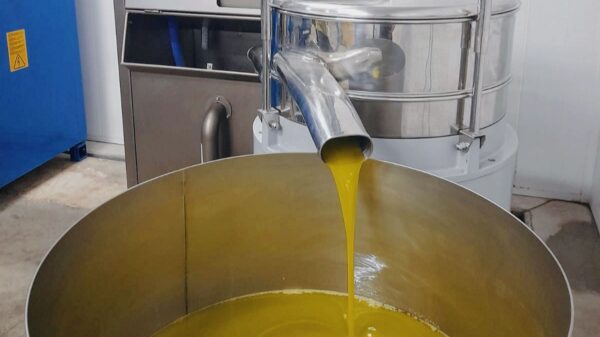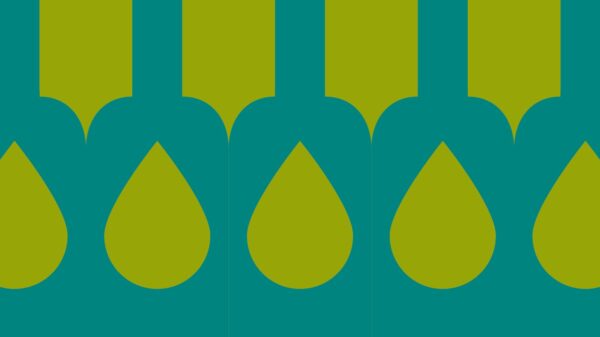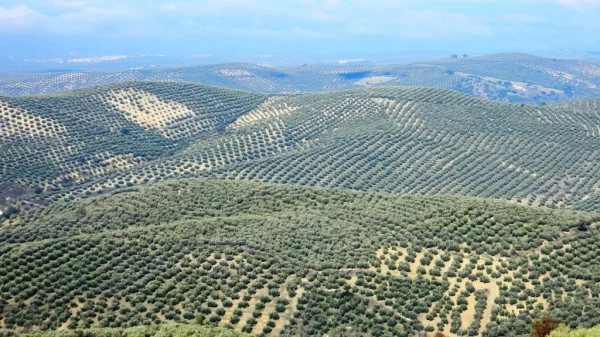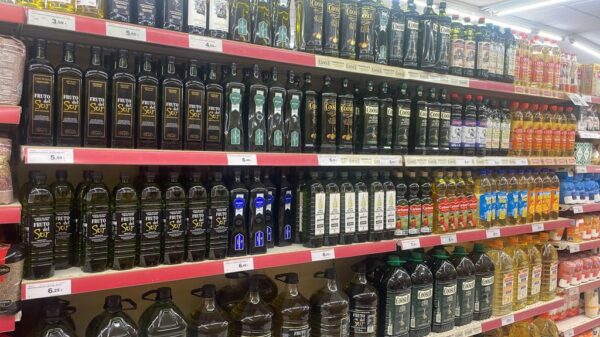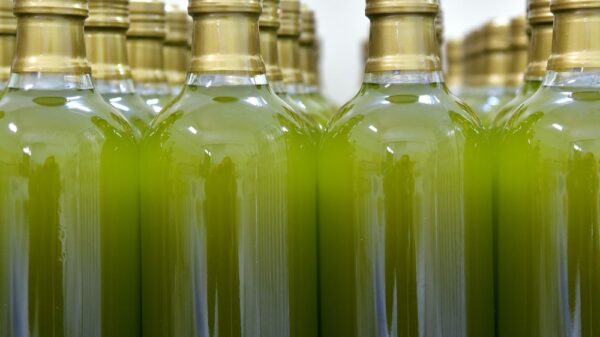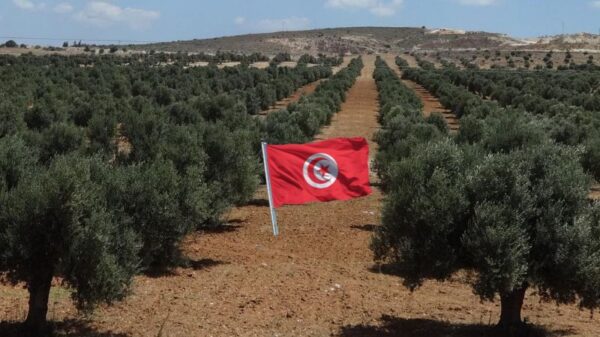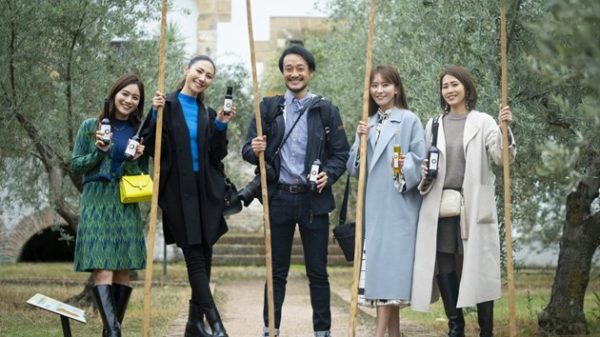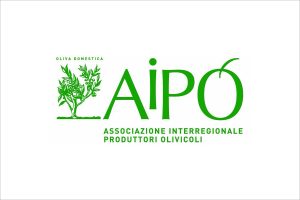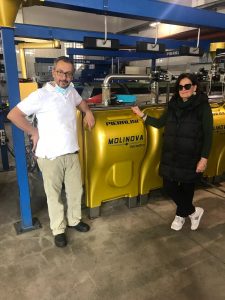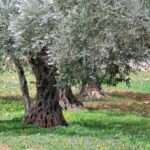Olive growing in Morocco is growing at an impressive rate, where moreover the quantity of olives destined for the mill has exceeded that traditionally associated with table olives. It is the result of a development program that the African country has launched since 2008 with the PMV strategy (Green Morocco Plan) which aims to transform the agricultural sector into a real lever of socio-economic development of the country.
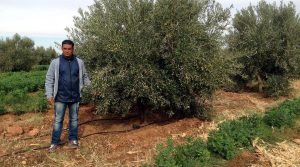
A few numbers to indicate the turning point undertaken: almost doubled the number of hectares devoted to olive groves in the last 20 years: they were 640 in 2003, they have exceeded one million for the past couple of years now. Over 37% have national or localized irrigation systems, essential in a country that is suffering from a shortage of rains. Over the same period, olive production went from an average of 549 thousand to one of 1,4 million tons. As mentioned, in this passage, the attention to oil rather than to table olives is privileged: the former has grown from 66 to 127 tons, the latter have had an increase, but to a lesser extent, i.e. from 88 to 112 thousand tons.
The annual growth rate of the cultivated area accelerated from 13 hectares per year in the first decade of the 2000s to today 27 thousand hectares per year. The main variety is the Moroccan Picholine which affects 90% of the olive patrimony. Involved overall 480 thousand farms which derive their main source of income from olive growing. Still modest exports of olive oil, just 10% of total production, while it rises to 70% the export of table olives, in both cases with Italy among the main destinations.
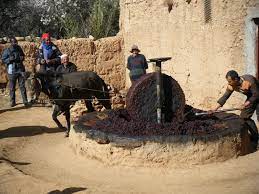
explains Maurizio Loroni, Pieralisi sales manager in the North African country: “It is a reality in profound evolution, the ancient agricultural methods that still survive in the most extreme regions of the country are giving way to modern cultivation techniques where the new olive tree farms are concentrated. In the territories where investments have been greater, such as that in the regions of Fes-Meknes or Marrakech (which together hold 54% of national production), mechanization is involving all the agronomic activities of the olive groves. Also for the mills we are witnessing a profound turnover. Here we started from about 11 systems, the vast majority of which are archaic, the so-called maasra, with the donkey turning the presses and the oil produced, of mediocre quality, used for self-consumption by the farmer and his relatives. Today there are at least 500 that have a continuous two or three phase system with a horizontal decanter and as many semi-modern ones with hydraulic presses. It is a slow but constant process that is involving at least a good 30% of Moroccan olive growing. And Pieralisi obviously does its part, because alongside yield, which is an absolute priority, the concept of quality is also taking hold and the mills must be able to make the most of the phenolic contents and organoleptic properties that Moroccan Picholine can express. Many oils from this North African country have won prestigious awards and the greater added value given by a quality extra virgin olive oil is also strongly perceived here by a growing number of producers”.
